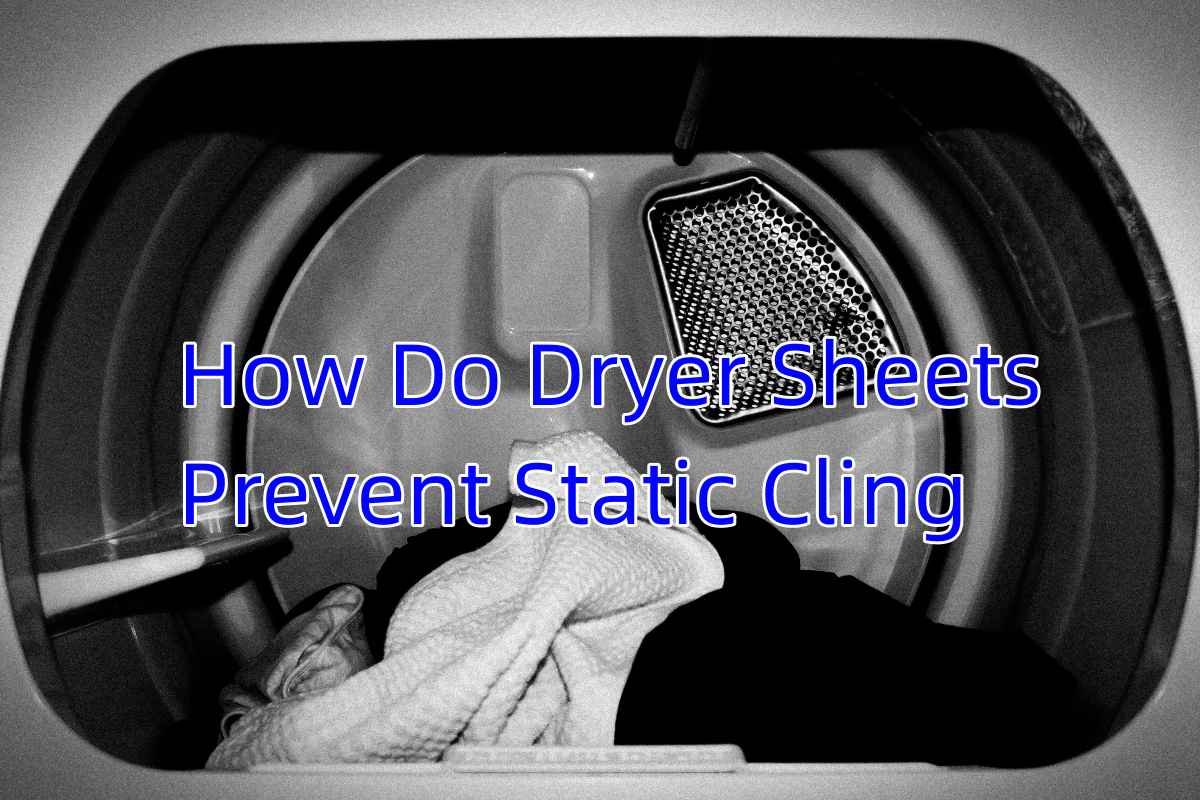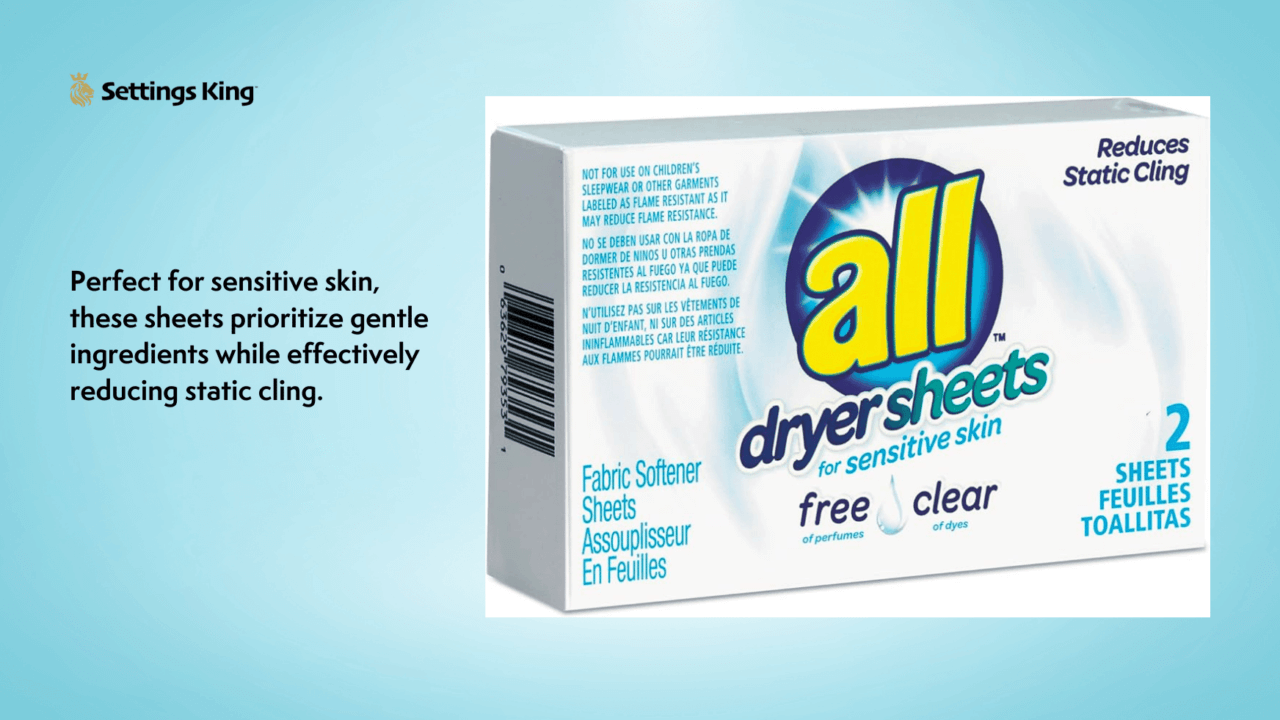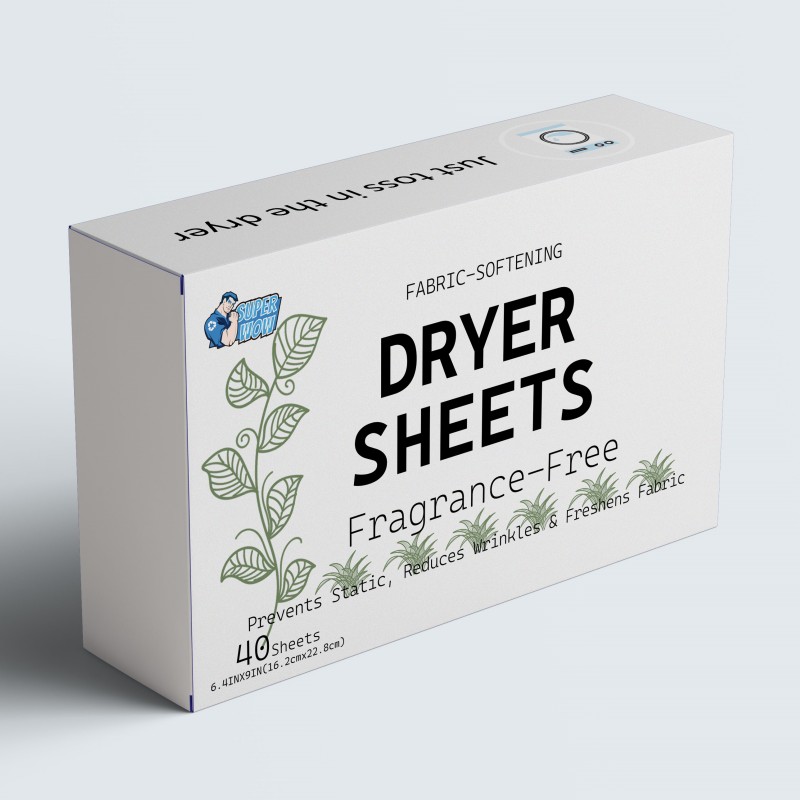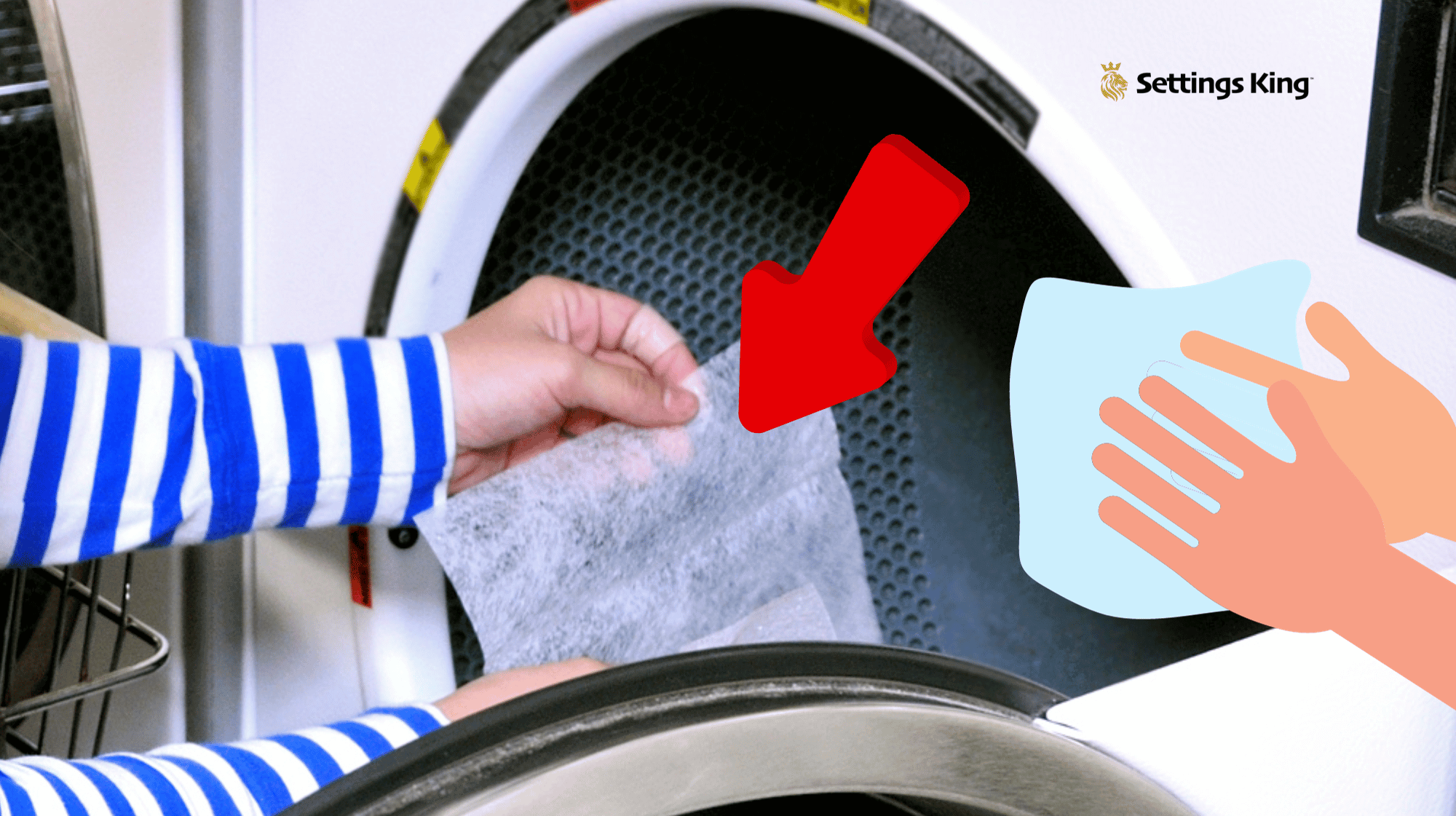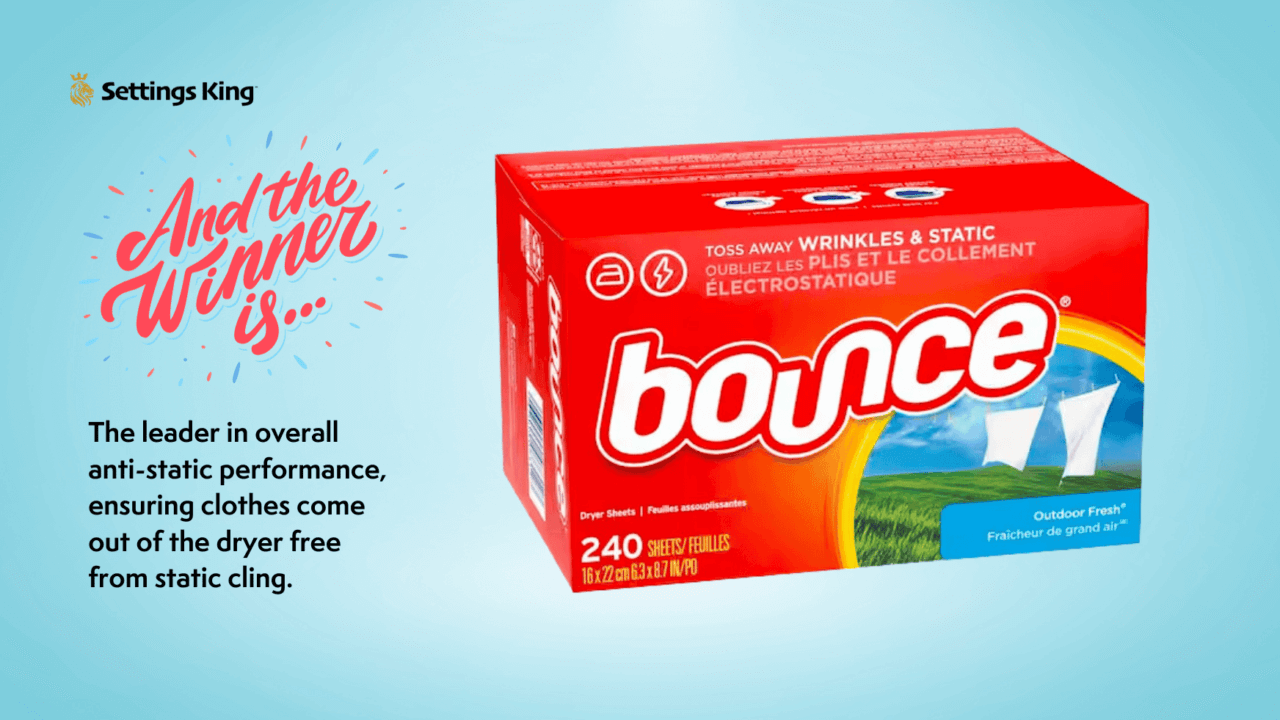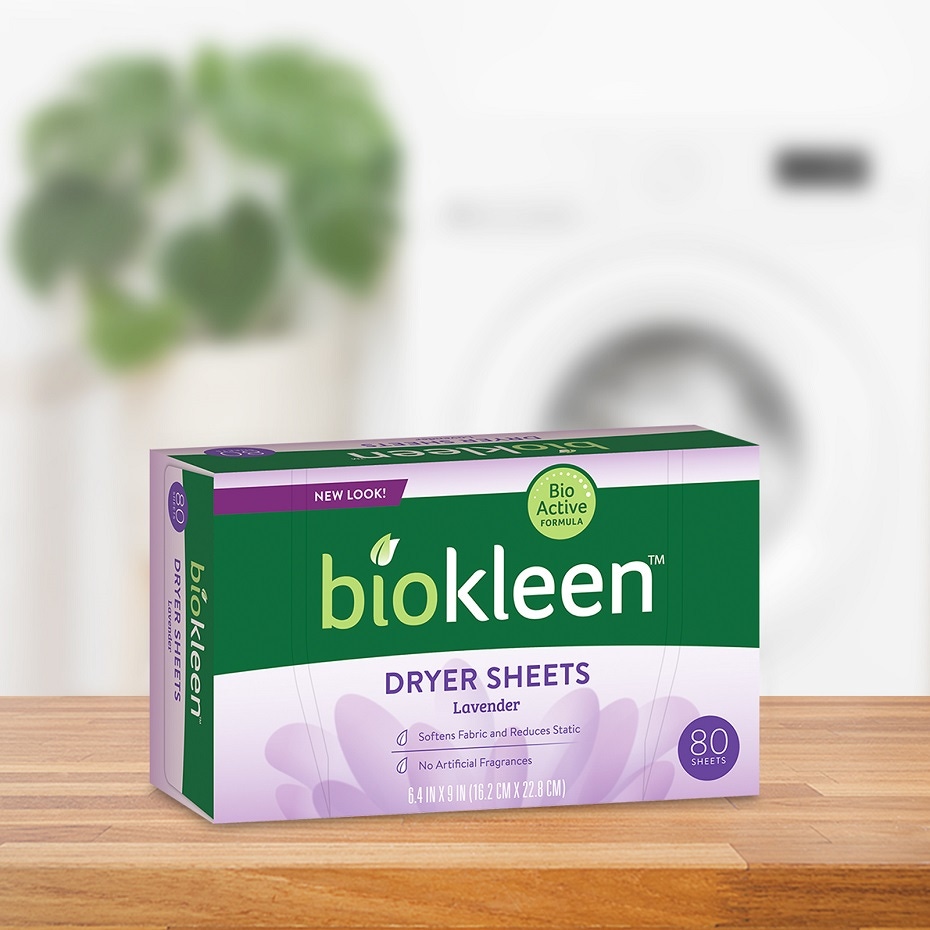Do Dryer Sheets Reduce Static - This allows the dryer sheets to reduce. Dryer sheets are an indispensable tool in the laundry arsenal, effectively eliminating static cling and providing a host of additional. The most common surfactant used is stearic acid, a fatty acid most commonly found in animal tallow. Dryer sheets, those ubiquitous laundry staples, offer a simple solution to this problem, effectively preventing static cling and.
Dryer sheets are an indispensable tool in the laundry arsenal, effectively eliminating static cling and providing a host of additional. Dryer sheets, those ubiquitous laundry staples, offer a simple solution to this problem, effectively preventing static cling and. This allows the dryer sheets to reduce. The most common surfactant used is stearic acid, a fatty acid most commonly found in animal tallow.
Dryer sheets are an indispensable tool in the laundry arsenal, effectively eliminating static cling and providing a host of additional. The most common surfactant used is stearic acid, a fatty acid most commonly found in animal tallow. Dryer sheets, those ubiquitous laundry staples, offer a simple solution to this problem, effectively preventing static cling and. This allows the dryer sheets to reduce.
How Do Dryer Sheets Prevent Static Cling Sheet Whisper
The most common surfactant used is stearic acid, a fatty acid most commonly found in animal tallow. Dryer sheets, those ubiquitous laundry staples, offer a simple solution to this problem, effectively preventing static cling and. This allows the dryer sheets to reduce. Dryer sheets are an indispensable tool in the laundry arsenal, effectively eliminating static cling and providing a host.
Do Dryer Sheets Get Rid of Static? (Read This First!) HomeApricot
The most common surfactant used is stearic acid, a fatty acid most commonly found in animal tallow. Dryer sheets are an indispensable tool in the laundry arsenal, effectively eliminating static cling and providing a host of additional. This allows the dryer sheets to reduce. Dryer sheets, those ubiquitous laundry staples, offer a simple solution to this problem, effectively preventing static.
How Does An Anti Static Dryer Sheet Work at Brian Bateman blog
The most common surfactant used is stearic acid, a fatty acid most commonly found in animal tallow. This allows the dryer sheets to reduce. Dryer sheets are an indispensable tool in the laundry arsenal, effectively eliminating static cling and providing a host of additional. Dryer sheets, those ubiquitous laundry staples, offer a simple solution to this problem, effectively preventing static.
Do All Dryer Sheets Reduce Static at Jack Ackles blog
The most common surfactant used is stearic acid, a fatty acid most commonly found in animal tallow. Dryer sheets are an indispensable tool in the laundry arsenal, effectively eliminating static cling and providing a host of additional. Dryer sheets, those ubiquitous laundry staples, offer a simple solution to this problem, effectively preventing static cling and. This allows the dryer sheets.
How Do Dryer Sheets Prevent Static Cling Sheet Whisper
Dryer sheets are an indispensable tool in the laundry arsenal, effectively eliminating static cling and providing a host of additional. Dryer sheets, those ubiquitous laundry staples, offer a simple solution to this problem, effectively preventing static cling and. The most common surfactant used is stearic acid, a fatty acid most commonly found in animal tallow. This allows the dryer sheets.
What Does Reduce Static Option Do on a Dryer? Settings King
This allows the dryer sheets to reduce. Dryer sheets are an indispensable tool in the laundry arsenal, effectively eliminating static cling and providing a host of additional. Dryer sheets, those ubiquitous laundry staples, offer a simple solution to this problem, effectively preventing static cling and. The most common surfactant used is stearic acid, a fatty acid most commonly found in.
How Does An Anti Static Dryer Sheet Work at Brian Bateman blog
Dryer sheets, those ubiquitous laundry staples, offer a simple solution to this problem, effectively preventing static cling and. The most common surfactant used is stearic acid, a fatty acid most commonly found in animal tallow. Dryer sheets are an indispensable tool in the laundry arsenal, effectively eliminating static cling and providing a host of additional. This allows the dryer sheets.
How do Dryer Sheets Reduce Static Cling? Biokleen
The most common surfactant used is stearic acid, a fatty acid most commonly found in animal tallow. Dryer sheets, those ubiquitous laundry staples, offer a simple solution to this problem, effectively preventing static cling and. This allows the dryer sheets to reduce. Dryer sheets are an indispensable tool in the laundry arsenal, effectively eliminating static cling and providing a host.
What Do Dryer Sheets Do? 9 Genius Ways to Use Them Around the House
This allows the dryer sheets to reduce. The most common surfactant used is stearic acid, a fatty acid most commonly found in animal tallow. Dryer sheets, those ubiquitous laundry staples, offer a simple solution to this problem, effectively preventing static cling and. Dryer sheets are an indispensable tool in the laundry arsenal, effectively eliminating static cling and providing a host.
Do All Dryer Sheets Reduce Static at Jack Ackles blog
The most common surfactant used is stearic acid, a fatty acid most commonly found in animal tallow. Dryer sheets are an indispensable tool in the laundry arsenal, effectively eliminating static cling and providing a host of additional. Dryer sheets, those ubiquitous laundry staples, offer a simple solution to this problem, effectively preventing static cling and. This allows the dryer sheets.
Dryer Sheets Are An Indispensable Tool In The Laundry Arsenal, Effectively Eliminating Static Cling And Providing A Host Of Additional.
This allows the dryer sheets to reduce. The most common surfactant used is stearic acid, a fatty acid most commonly found in animal tallow. Dryer sheets, those ubiquitous laundry staples, offer a simple solution to this problem, effectively preventing static cling and.
